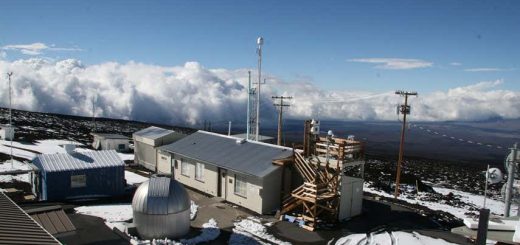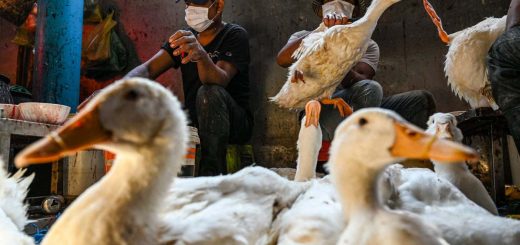The colossal squid is the largest invertebrate on the planet, but it is also surprisingly elusive. An image of a 30-centimetre-long juvenile is our first glimpse of the animal in its natural habitat
By Sofia Quaglia
15 April 2025
Linkedin
Reddit
Email
A colossal squid — the largest invertebrate on the planet — has been filmed alive in its wild habitat for the first time.
For decades, the Kraken-like colossal squid was more myth than reality: scientists had only a vague sense of its appearance from fragments of its remains found in the stomachs of the whales that eat the molluscs. In fact, it was through those remains that the species was officially described by zoologists in 1925.
Finally, in 1981, fishers in Antarctica accidentally reeled up a live colossal squid in their fishing nets. Since then, the animals have sometimes been killed as fishing bycatch, or have washed ashore dead.
Advertisement
Read more
Are animals conscious? We’re finally realising that many species are
Last month, a vessel from the Schmidt Ocean Institute, a US-based non-profit organisation, was surveying the Southern Ocean near the South Sandwich Islands and live-streaming the footage from their remotely controlled deep-sea cameras, when an online viewer flagged that they might have just filmed a colossal squid.
Acting on the tip, the researchers sent the high-resolution footage to independent squid experts. The experts confirmed that the online viewer’s hunch was correct: the squid had distinctive hooks along the suckers on its eight arms, which are a hallmark of the colossal squid. It was roaming at 600 metres under the water’s surface.


